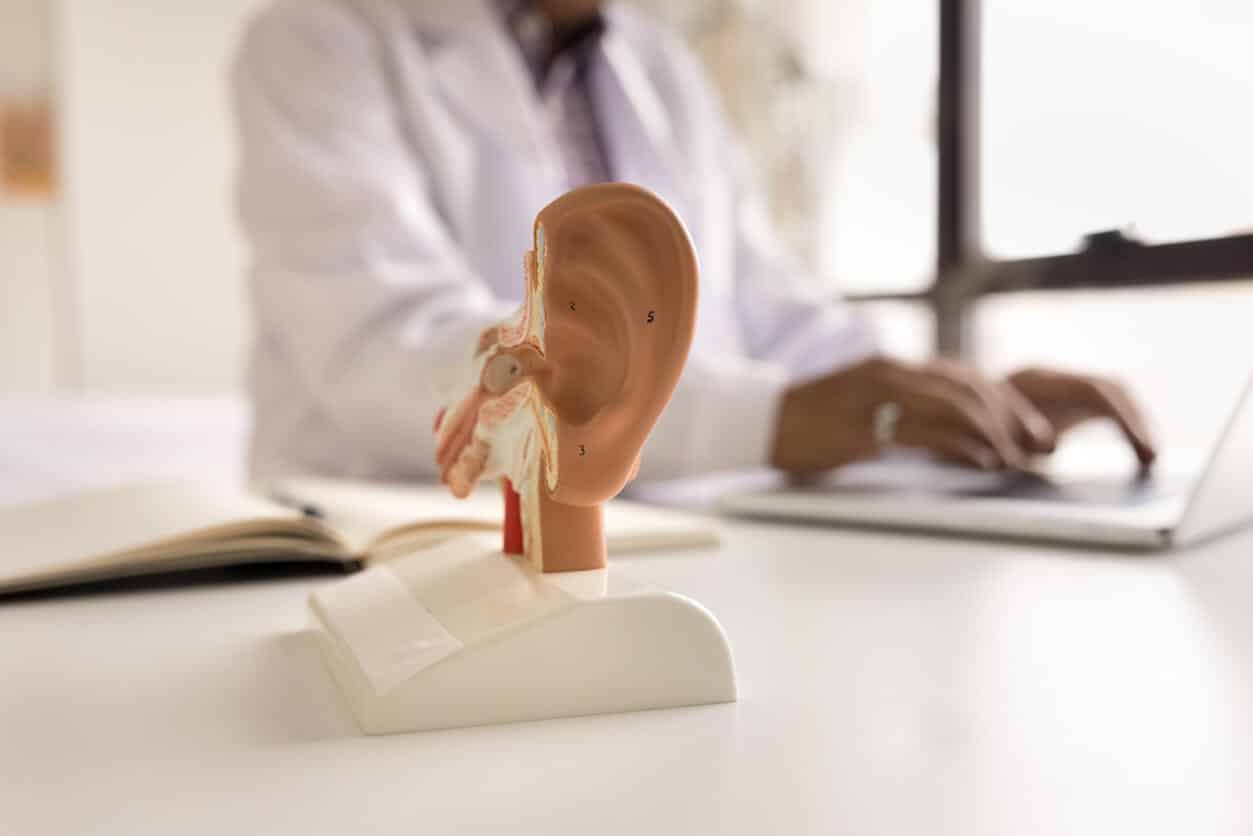Nearly 30 million people age 12 or older has hearing loss in the United States. When not addressed, it has the potential to negatively impact quality of life. There are varied treatment options for hearing loss, depending on its cause and in some cases, surgical intervention is necessary.
Depending on the form of hearing loss, surgery can be conducted to repair anatomy of the ear to restore hearing, or to place cochlear implants.
Let’s explore a few conditions which might result in hearing loss surgery.
Microtia and Atresia

Microtia is a birth defect in which the baby’s ear does not fully develop. It typically occurs with atresia, which is a condition in which the ear canal is absent, underdeveloped or closed. These conditions almost always cause conductive hearing loss and the cause is unknown.
Treatment for Microtia and Atresia include reconstructive surgeries. During these surgeries, doctors can create or widen the ear canal to treat Atresia or reconstruct the ear with the patient’s own tissue for Microtia. If a patient opts to not receive reconstructive surgery, they can also receive a prosthetic ear.
For atresia, patients can also receive a bone-anchored hearing system, which delivers sound vibrations directly to the inner ear, in contact with the skull bones. Bone anchored hearing systems can also be utilized in patients who don’t have Microtia or Atresia, like for older adults with profound hearing loss.
Otosclerosis
Otosclerosis is a form of abnormal bone growth in the middle ear, sometimes rarely the inner ear, that causes hearing loss over time. It can be treated with hearing aids, or via surgery or the installation of cochlear implants.
The surgery to repair Otosclerosis is called a Stapedectomy. During the surgery, the doctor places a prosthetic bone in the middle ear, bypassing the malfunctioning stapes bone, and allowing for improved hearing. If surgery is needed on both ears, the doctor will perform one at a time, with the second taking place at least six months following the first.
A cochlear implant can also be used and works by bypassing the inner ear structures and creating a different pathway for sound to travel to the brain. In the U.S., roughly 118,100 devices have been implanted in adults and 65,000 in children.
Surgical Risks
Surgeries for these conditions come with a few risks, the biggest being potential damage to the facial nerve. Stiffening, drainage from the ear and infection are also risks. Your doctor will discuss all preparation, post-operative care and potential risks prior to the surgery.
To learn more about surgical treatments for hearing loss, contact The House Institute to schedule an appointment today.